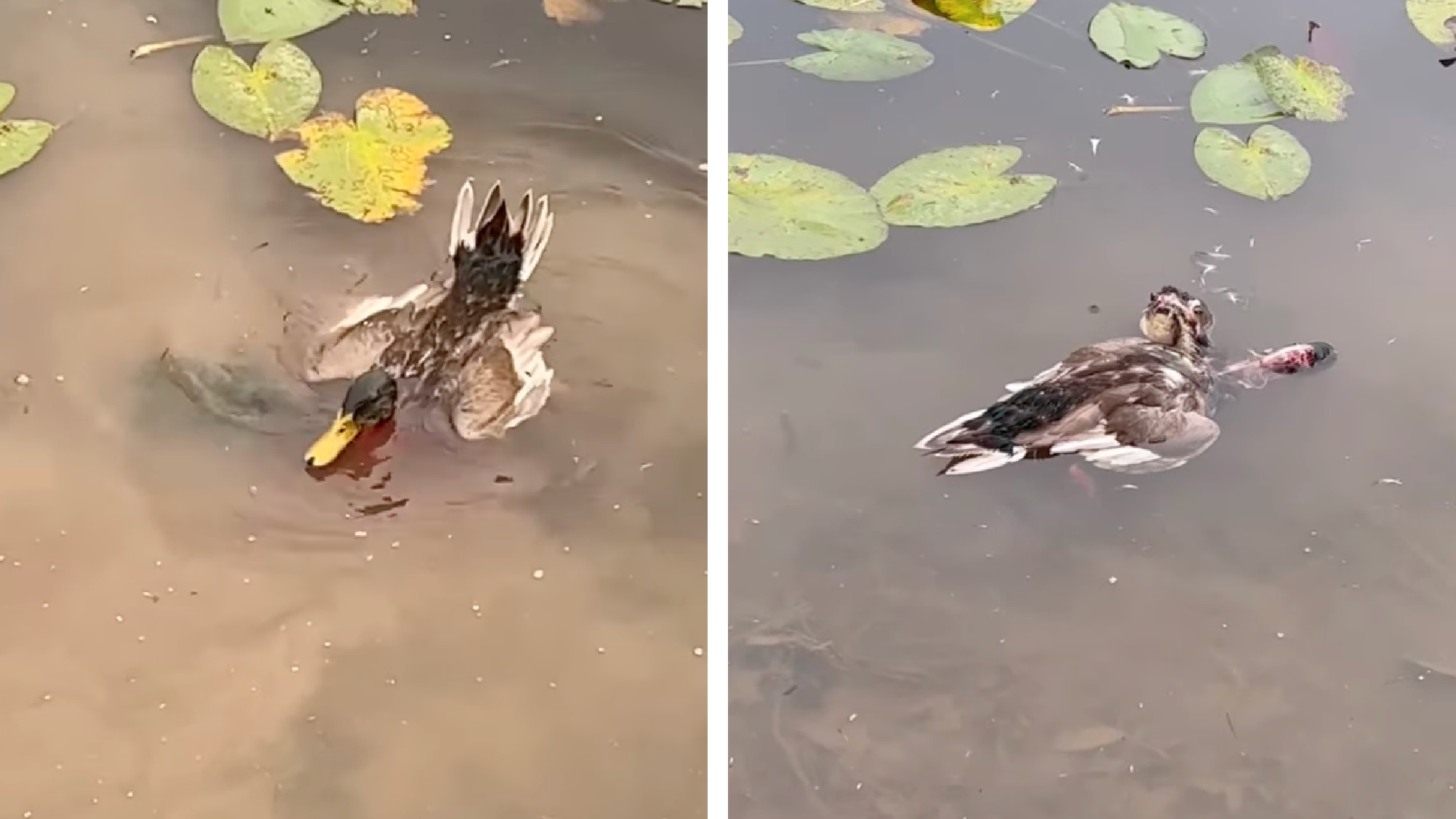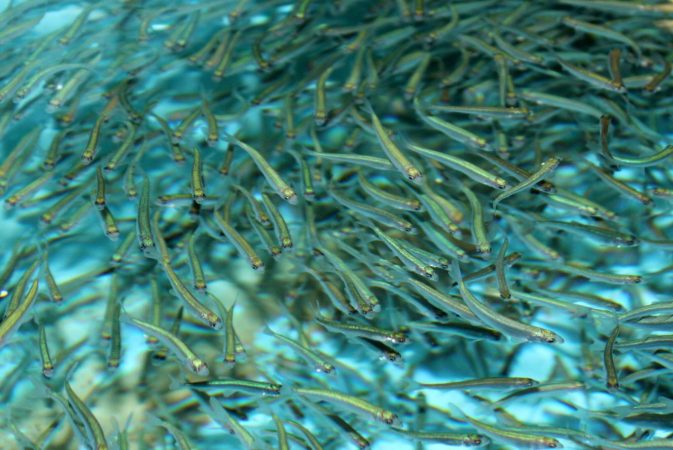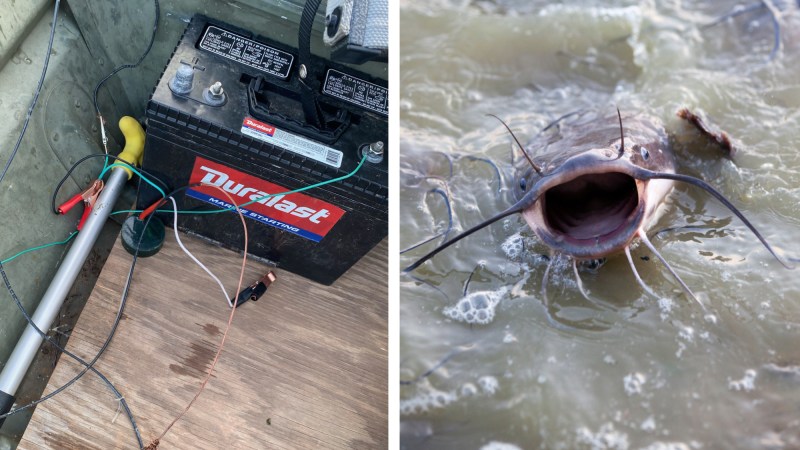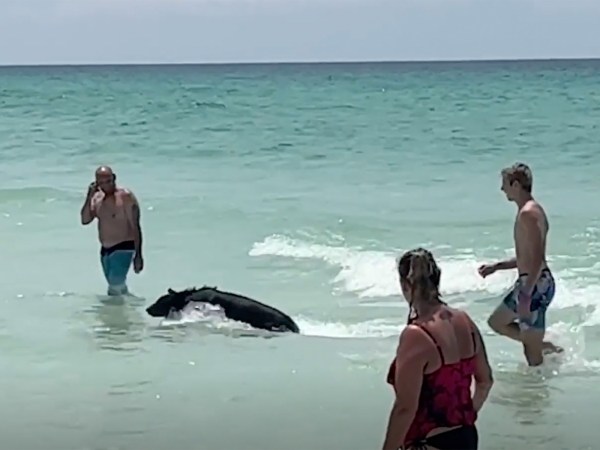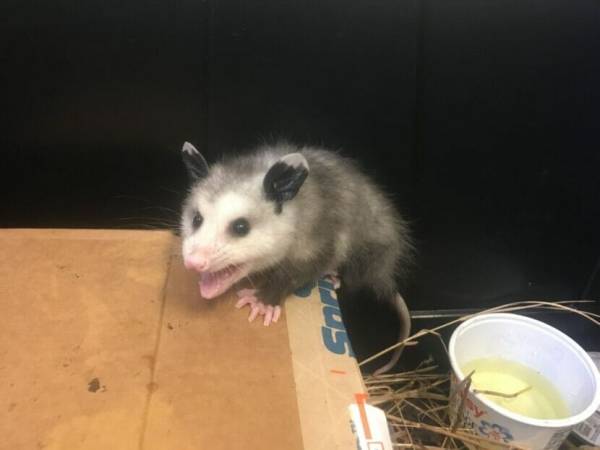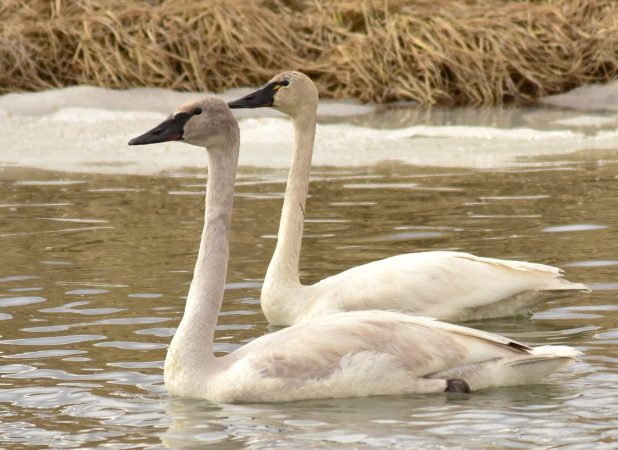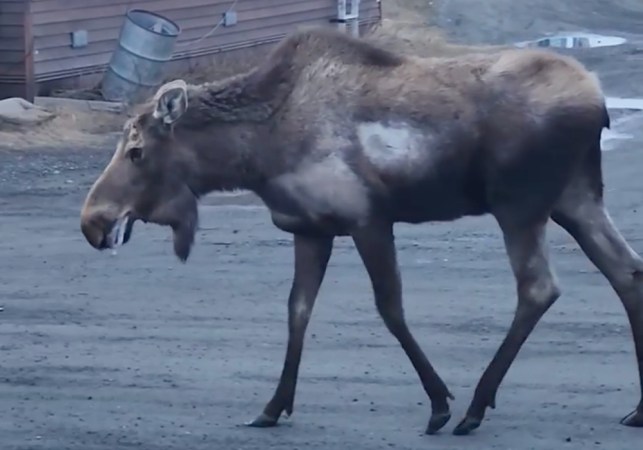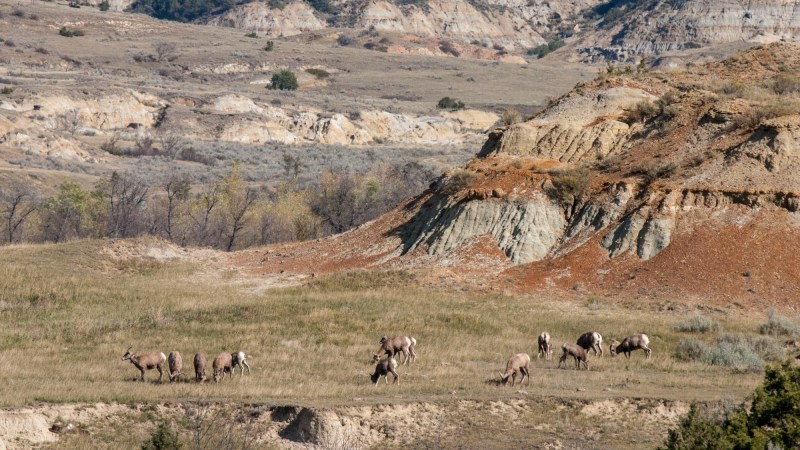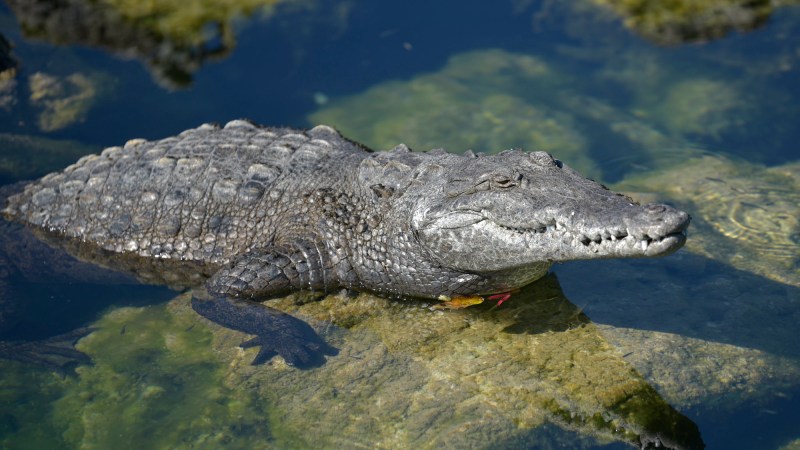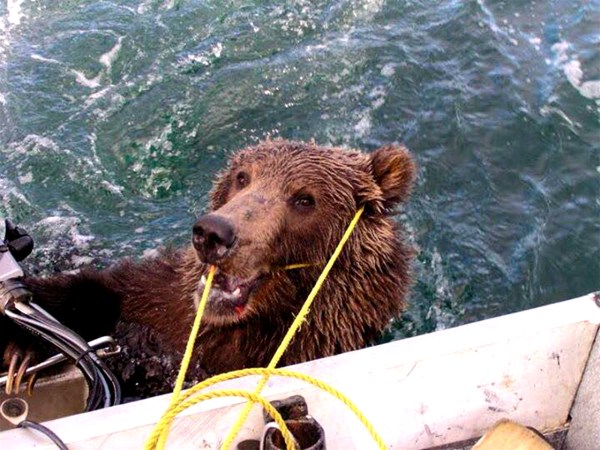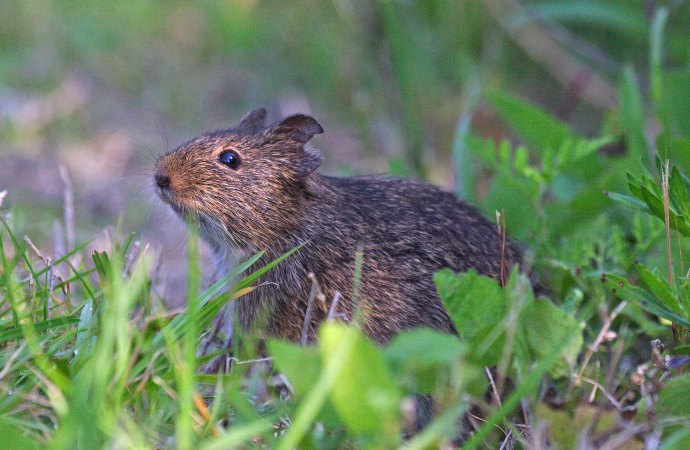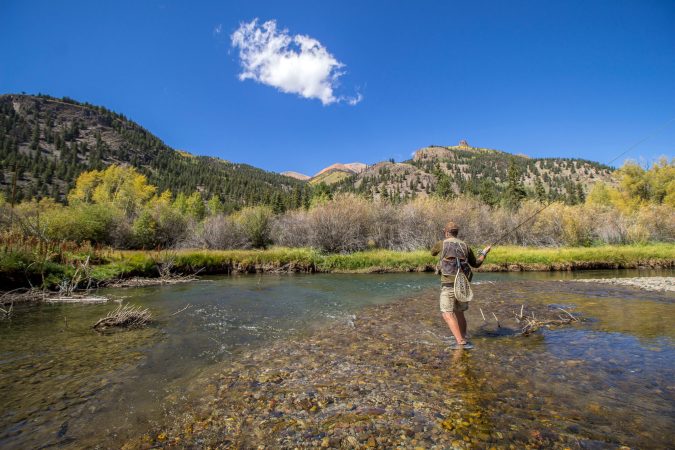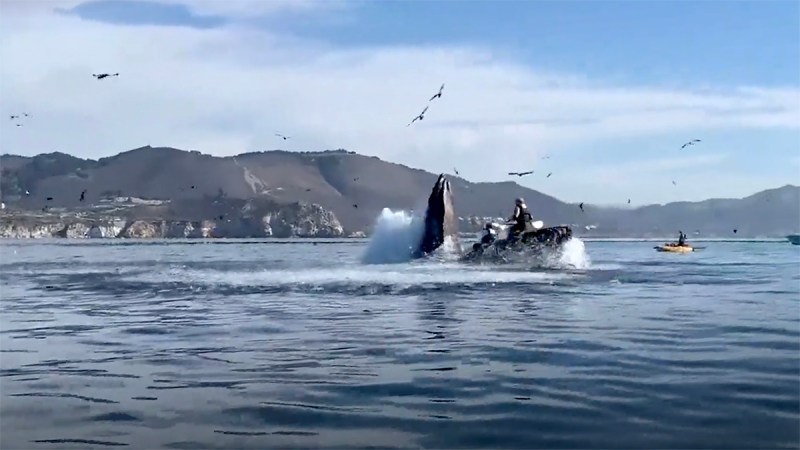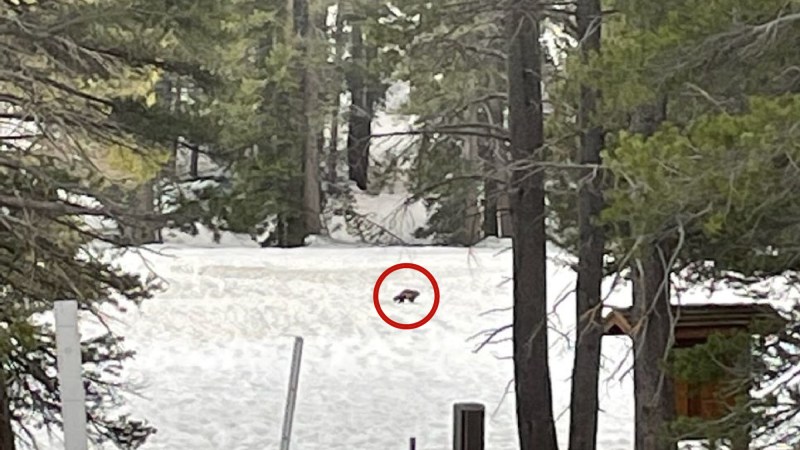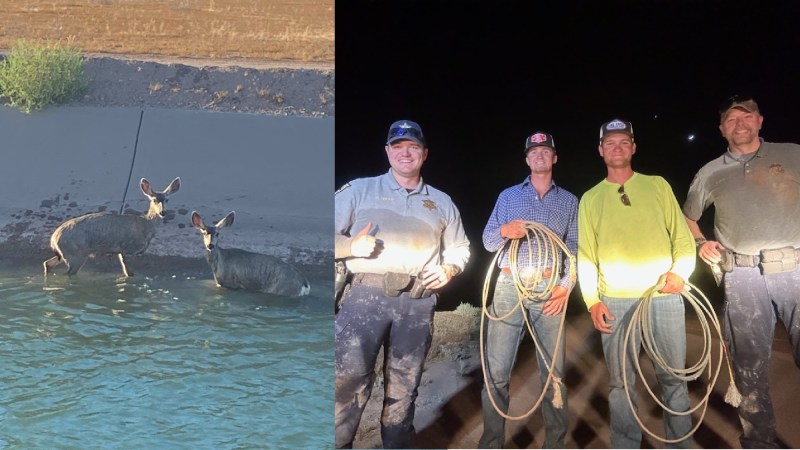A drake mallard and a turtle were spotted in a swampy standoff on a golf course in Arkansas, which ended with the duck succumbing to its injuries and becoming the turtle’s next meal. The footage, which popular social media brand Nature is Metal shared Thursday, starts with a clip of the duck just barely fighting back against the turtle’s tenacious jaws. But the video eventually cuts to a different clip in which the mallard is clearly dead.
While NIM doesn’t positively identify the turtle as a snapping turtle, the behavior, size, and shape of the turtle are consistent with the species. It’s tough to tell whether the turtle delivered the first blow to the unsuspecting duck or if it came along to finish the work of another predator. Either way, the turtle had already stripped the duck’s neck of all its feathers before the video began. When the video starts, the turtle has the duck’s neck gripped in its jaws, either by a strip of skin or maybe by the windpipe. The turtle is trying to drag the duck underwater while the duck makes a few final, futile attempts to escape.
The next clip opens with the duck doing a dead man’s float in the murky water. The turtle is visible just beyond the duck, its shell imitating the nearby mess of lily pads. The turtle sneaks its head out of the water, its mouth clamped around a scrap of duck, before dipping back down to feed.
Watch: Grizzly Bear Released from Trap Steals Camera
As the video caption points out, snapping turtles are omnivorous. They eat plant matter as well as spiders, insects, amphibians, birds, and small mammals. Judging by the turtle’s size and the texture of its shell, this was likely a common snapping turtle. Common snapping turtles live in waters across the state, and are smaller than their rarer counterparts, alligator snapping turtles. (Alligator snapping turtles can grow much bigger—upwards of 100 pounds—and exist in southern and eastern Arkansas. Their shells have bumps and ridges reminiscent of an alligator’s scutes, hence their name.)
No matter how events unfolded, the encounter certainly spiced up this guy’s golf game. But as NIM points out, the harsh realities of wildlife have a way of popping up in otherwise tame places.

